Steaming up the goggles - how emotional storytelling could be the future of VR
Steam up your goggles with tears, not sweat
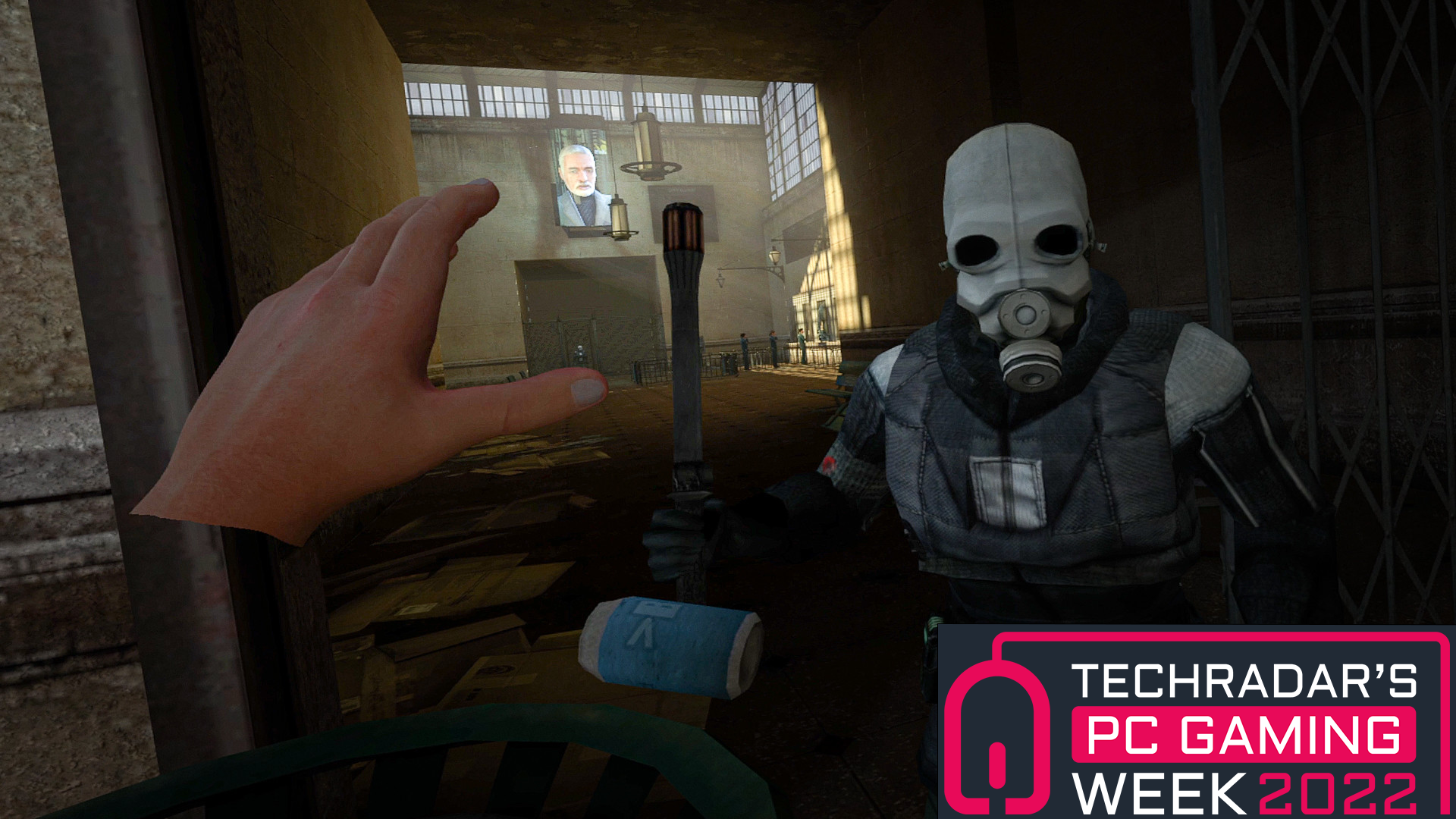
When you consider the key features of virtual reality games, you’re most likely going to think about physical action and movement. Braining a zombie and vaulting an obstacle, or ducking into cover and shooting an enemy soldier. Because you’re engaging in physical activity, it’s combat, not storytelling, that is usually the focus of head-mounted experiences, even when the goal is not domination.
As a relatively young and plucky medium —one that is tied to an existing, highly-successful industry— virtual reality is naturally going to lean on adapting what works. And action games, generally, work. As of 2022, the library is dominated by familiar, sometimes-brilliant overhauls of existing games and properties like Skyrim VR, Resident Evil 4 VR, or LA Noire: The VR Case Files.
Beyond the copious remakes, though, there are more arcade shooters and gimmicky prototypes than anything else. For a risky, burgeoning form, this makes business sense, but having spent so much time in virtual reality over the years, I’ve found that it’s at its best when it attempts something profound, rather than wallowing in focus-tested, blood-pumping safety.
Yes, there are many brilliant VR action games, but one of the pitfalls of the medium is that it pigeonholes itself by focusing on previously-established methods of play rather than embracing the medium’s unique immersive qualities. Players are contained inside the playspace in virtual reality, meaning the developer has a greater capacity to hold our attention. So why is it a rare thing to find a good story?
Back to City 17
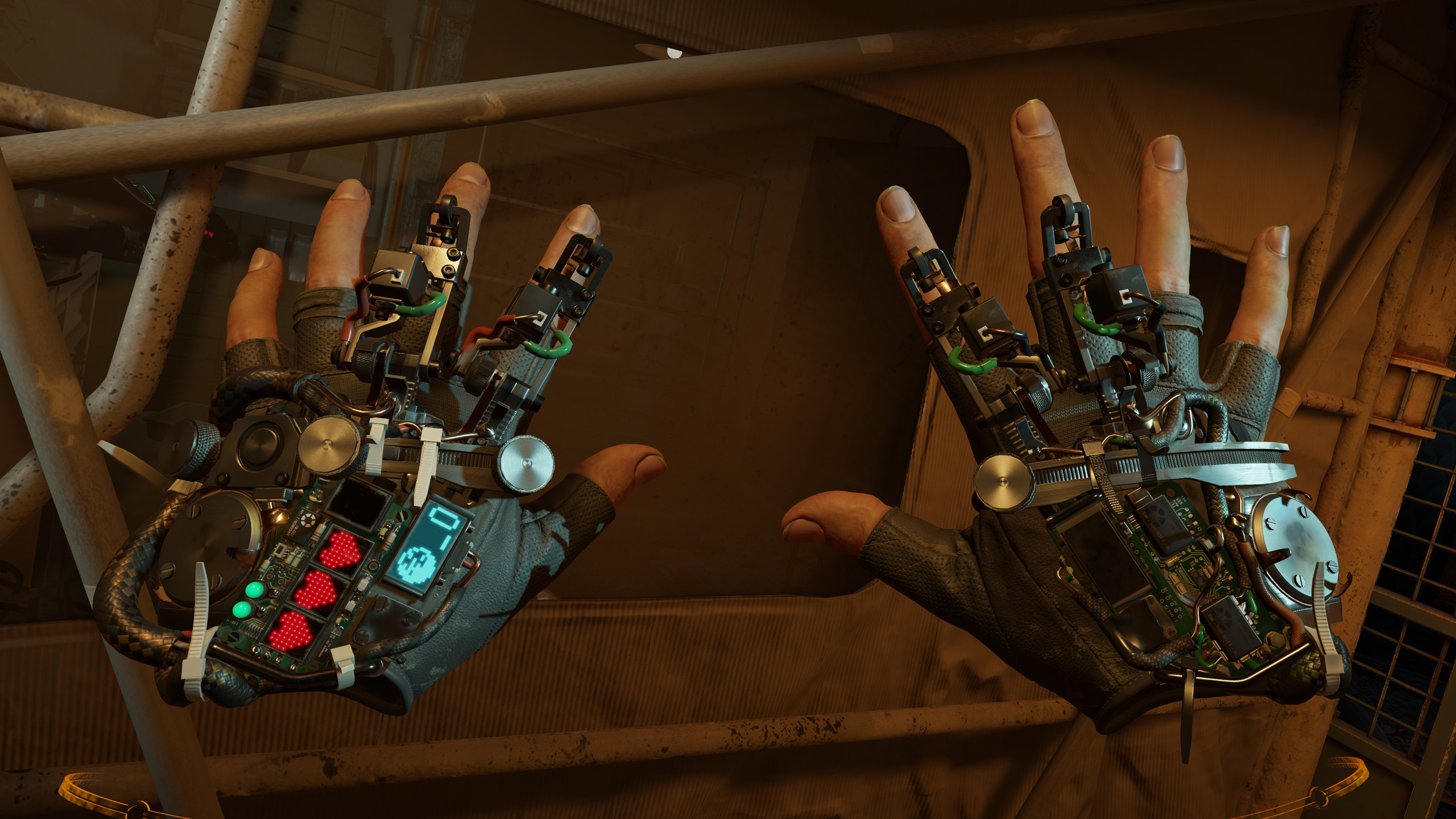
One game that is undoubtedly a good story is the medium’s killer application, Half-Life: Alyx. Valve’s coveted follow-up (nearly 13 years after Half-Life 2: Episode Two) was shepherded by narrative maestros Campo Santo (of Firewatch fame). Alyx’s mastery of the green field of VR feels like the paradigm shift Valve needed to justify a new Half-Life story. A meaty 12-hour tome, it manages to tell a prestige narrative in an entirely new dimension, with side characters in your literal ears as exemplary environmental storytelling feasts your eyes.
The combat is thrilling, but the way Alyx conjures atmosphere and wrestles emotions from players is its USP. Not to mention the wonderfully comfortable movement controls, which clearly took years of painstaking iteration, all so that Valve could deliver this special story to as many players as possible.
“I thought Alyx was amazing, and there is so much to that world and how you can tell a story that makes it feel different for me,” said Chet Faliszek, writer on Episode Two and Portal. “For me, when we did the first demo with taking apart Atlas (Aperture Robot Repair) it was shocking… I had spent so much time with those characters, it felt like seeing an old friend and that is the special ‘realness’ and immersion that only VR can bring,” he continued. “I think we are still in the very early days there with the technology racing beneath your feet of… what feels right and what just does not work…”
Get daily insight, inspiration and deals in your inbox
Sign up for breaking news, reviews, opinion, top tech deals, and more.
Even when looking into the past, virtual reality has the potential to add new levels of depth to memorable stories. Source VR Mod Team’s Half-Life 2: VR Mod is a full-scale overhaul of Half-Life 2 for virtual reality headsets which launched earlier this year. It’s an astounding achievement years in the making from a group of immensely talented modders, one that ekes out even more nuance from a stone-cold classic.
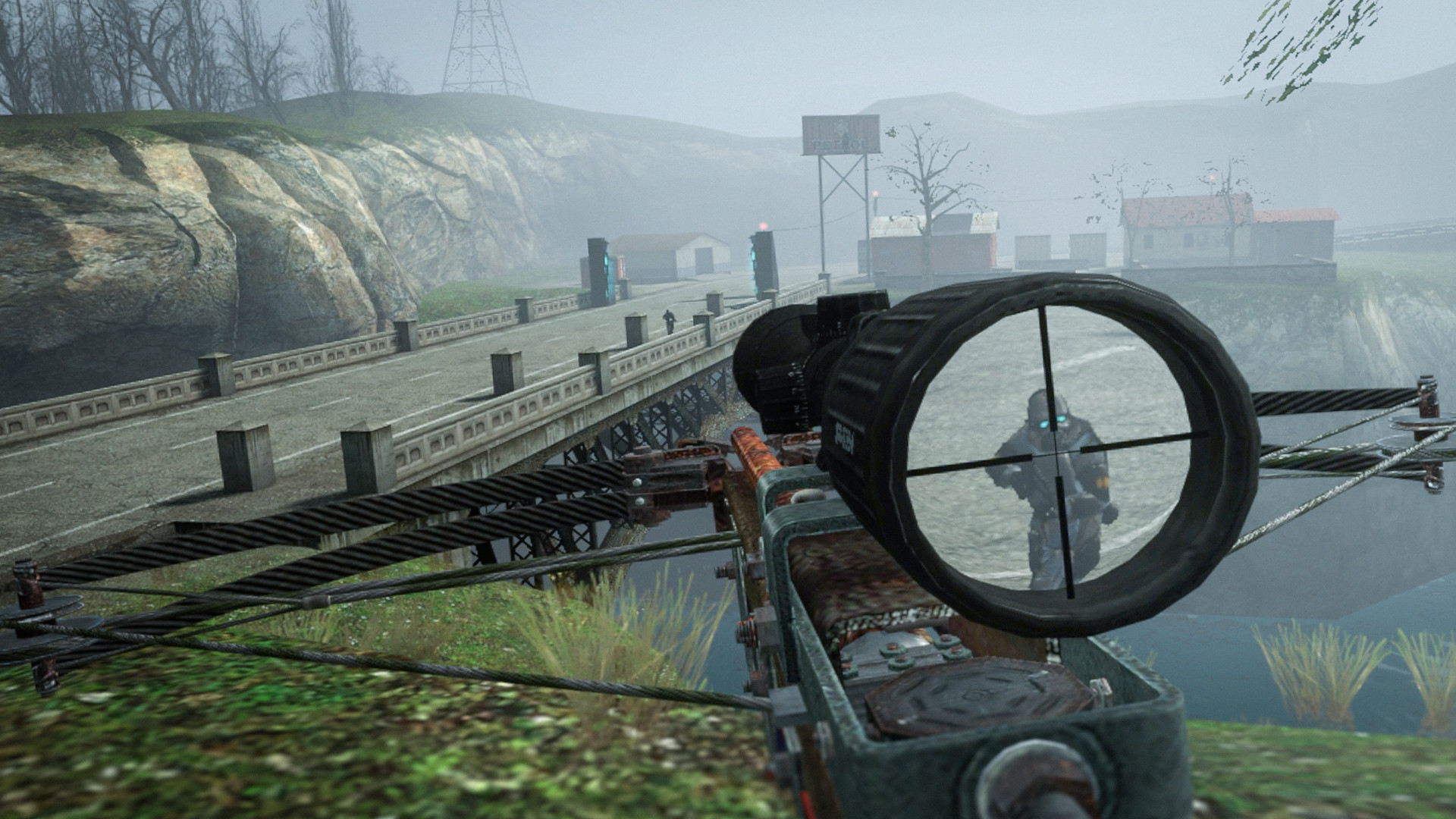
The game’s legendary opening, with its phantom G-Man taunting Gordon to wake up as impossible scenes flood his torso, feels even more unsettling and prophetic in virtual reality. In the train station that follows, I tended to listen and take on board the voice lines from the worried residents of City 17, projecting their anxieties onto me as they stared into my soul. For all intents and purposes… I was one of them.
“Creating emotions is primarily a consequence of good storytelling, no matter the medium,” said Holger “cabalistic” Frydrych of the Source VR Mod Team. “VR offers a new way to make game worlds become alive, and that can certainly enhance the experience. Valve spent a lot of time immersing the player in the world of Half-Life 2 and making them feel like they are actually Gordon Freeman, from the highly interactive game world to subtle details like the NPCs’ eyes looking at the player,” they continued. “With VR you get a new sense of presence in the world, and all those little details are enhanced by it.”
In many areas throughout the mod, virtual reality can enhance the game’s storytelling, even by accident. “I love the line that Kleiner says right after you pick up the HEV suit; ‘I see your HEV suit still fits you like a glove, or at least the glove parts do!’,” said Owen ‘HigherFlyer’ Silva. “It perfectly aligns with the fact that in our VR mod, the player is just a pair of gloves with no body.” Naturally, the terror of Ravenholm is amped up to the nines, whereas the more open levels gain an air of melancholy and contemplation. “I never paid much attention to the echo of voices and sounds [in the coastal levels] but actually standing there I realized how big and open the places I was in were,” Silva continued.
Bopping the beats in VR
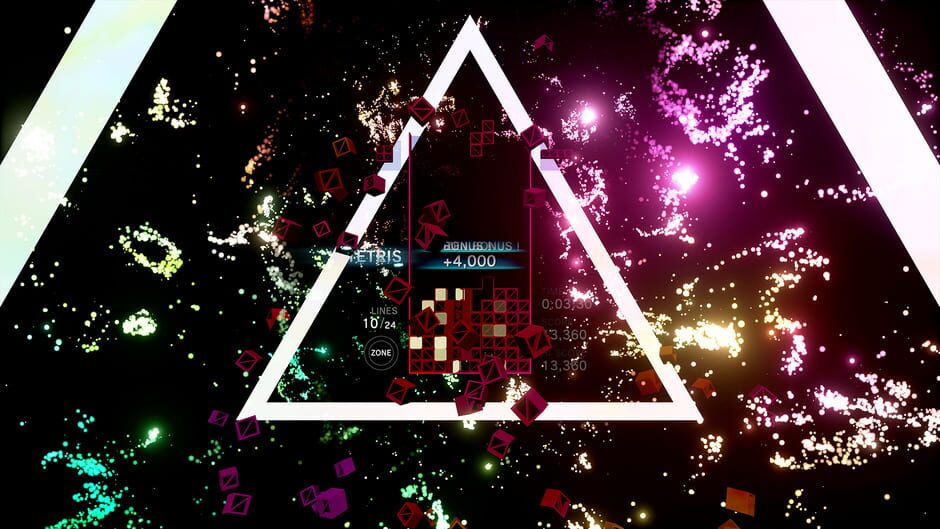
Beyond Half-Life, some of virtual reality’s greatest experiences can summon profound emotions and stories by heading in a nonlinear narrative direction. One of my favorite VR games is Tetris Effect, from Tetsuya Mizuguchi (Rez, Lumines) and the team at Enhance EXP. Spoiler alert: you play Tetris, but you do so inside of stunning dioramas that develop depending on which tetrominoes you twist, the soaring soundtrack reacting in tow with the carefully-tuned haptic motors in your palms.
One level, Deserted, manages to weave a moving tale about human ingenuity, shifting from camel tracks in the desert to a rover charting the surface of the moon. There are no words, just an orchestra and a series of visual stimuli to accompany you as you solve its soothing puzzle. In around five minutes, it delivers a shotgun blast of virtual synaesthesia and a story that feels unique to every player. It’s a level of pay-off that might take some games 20 hours to justify. This is what Mizuguchi calls “a new kind of emotional chemistry,” that blends physical sensations with software.
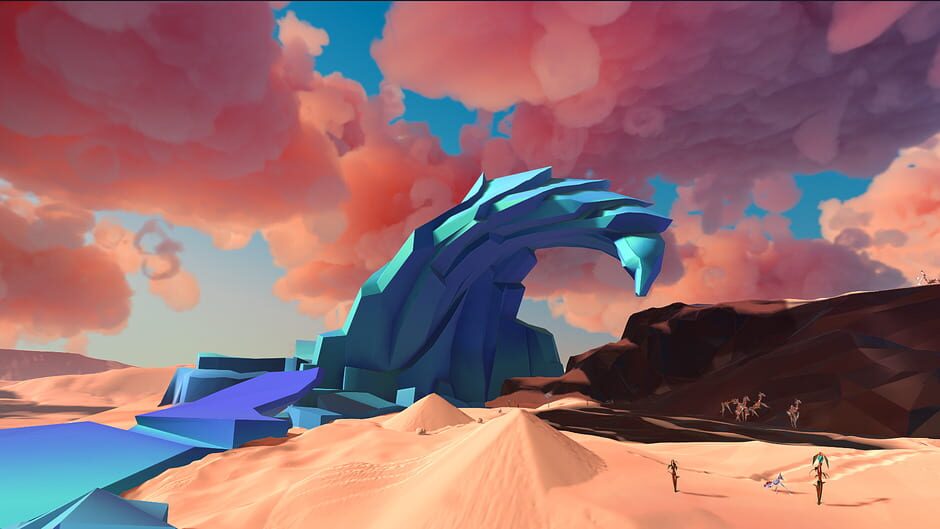
Paper Beast, a VR game from the mind of Another World’s Eric Chahi, shares this DNA. In this thoughtful adventure, you come face to face with curious digital ‘wildlife’ made up of forgotten algorithms in an internet ecosystem. Your relationships grow quickly, and the origami bundles of code become endearing animals as you observe their charming behavior and solve puzzles to protect them. With simple controls and no combat, it makes you think about your role in the physical biosphere and ends in an existential journey to the Dark Side of the Moon which bestows unforgettable shivers.
Games like Beat Saber achieve similar levels of emotional storytelling by pushing VR’s affinity for exertive combat in a musical direction. Instead of tapping buttons on a plastic guitar, you slice and slash your way through an onslaught of blocks on the way toward audio-visual euphoria. When you catch yourself in the starlit abyss during the bridge of a beloved song, your connection with the source material is deepened, and the frisson is never too far away. This is why you can lose yourself to dance in digital arenas like @SlyVR5’s Secret Sky Stadium or VR Chat nightclubs like Loner Online and Tube — these community outfits, alongside VR’s more profound experiences, are truly the harbingers of a new wave of virtual emotional connectivity.
Most of your tools in action games are sticks,” Metal Gear Solid creator Hideo Kojima said, in a 2016 interview with IGN. He was reflecting on a short story he read in high school by Japanese writer Kobo Abe (translated here by industry legend Tim Rogers).
‘Nawa’ considers the implications of mankind’s earliest tools. First, the Stick, to ward off danger, before the invention of the Rope, to bring people together and forge meaningful connections. “You punch or you shoot or you kick. The communication is always through these ‘sticks,’” Kojima continued, concerning the state of modern action games. “In [Death Stranding], I want people to be connected not through sticks, but through what would be the equivalent of ropes…”
I think what Kojima is getting at here is something for virtual reality developers to consider as the medium enters adolescence. Virtual reality can be a remarkable tool for simulating intense action sequences —Half-Life: Alyx is certainly the most visceral shooter I’ve played, headset or not— but Valve didn’t wield VR’s immersive capacity for the sole purpose of defining combat, they wanted to use it to tell a story, too. And this is why Alyx is considered to be one of the greatest games of all time, rather than just the best effort of its medium. Shouldn’t all future virtual reality games strive for the same?
Jordan Oloman is a journalist and documentarian with experience across the pop culture/tech spectrum writing reported features, reviews. news, guides, op-eds and more for a wide variety of outlets. He is also an affiliate streamer on Twitch and have previous experience in scriptwriting, podcasting, game consultation and creating video content.
